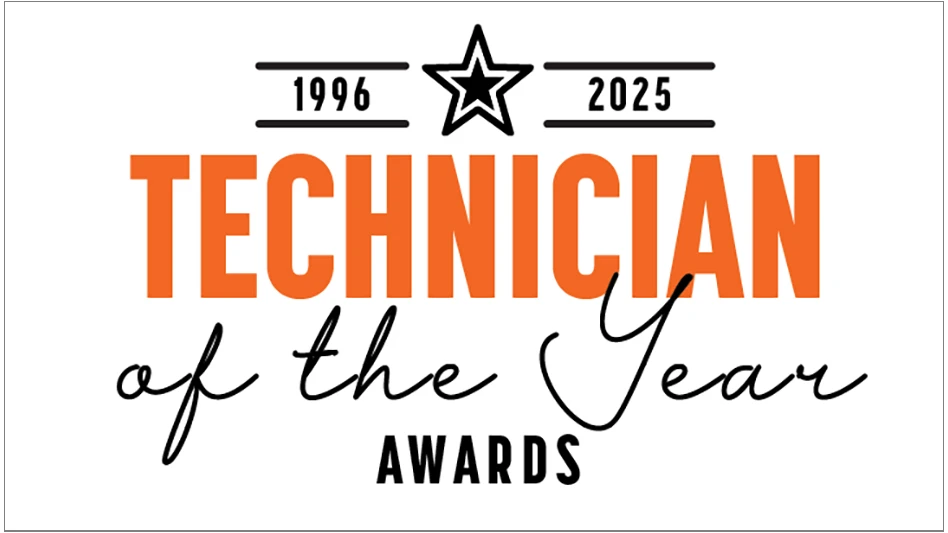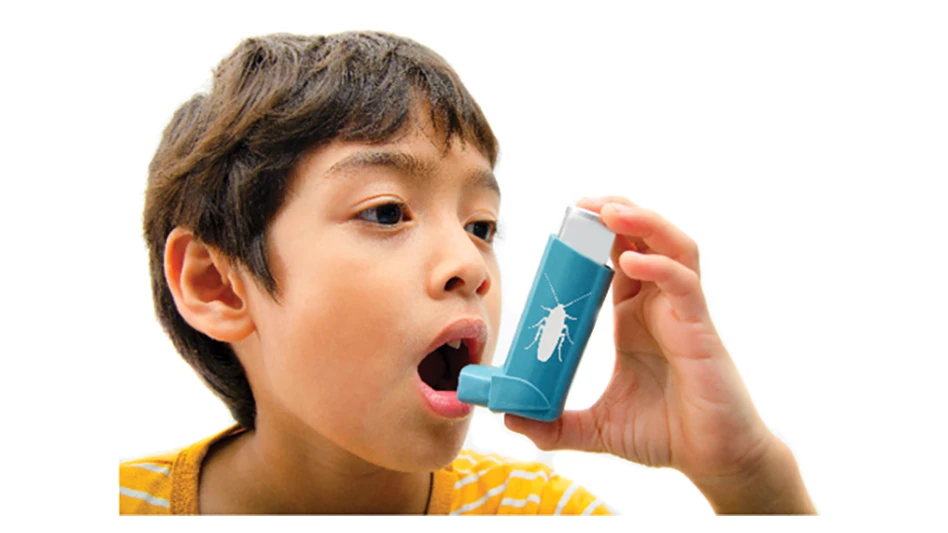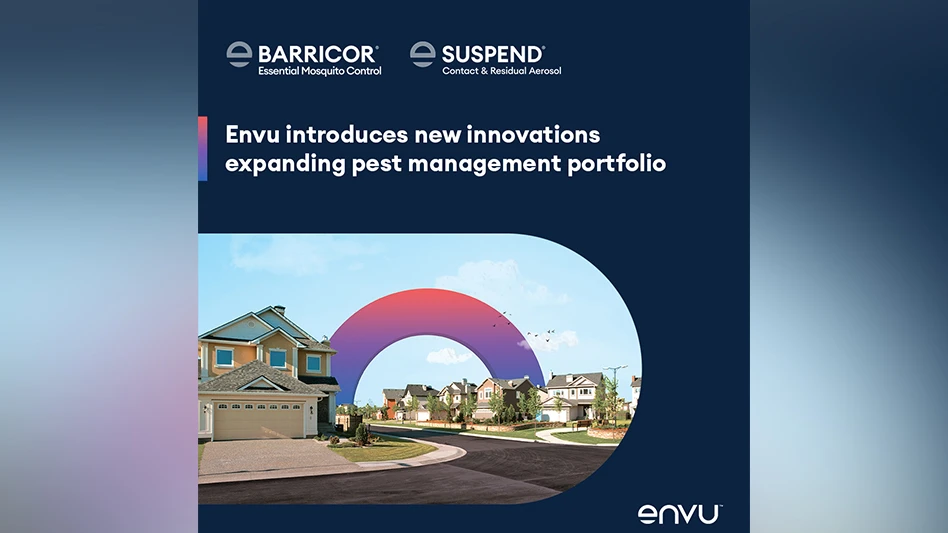
While only about a quarter of PMPs say that they rely on electronic records and other technologies for their rodent control today, the majority believe that the integration of technology could help improve their businesses’ capabilities in serving the rodent control market. Specifically, they feel that technology could boost their performance in areas including clear documentation, labor savings, training benefits and service differentiation.
Tracking and Trending Made Easier, More EfficientCopesan companies, including McCloud Services in South Elgin, Ill., are enthusiastic adopters of electronic solutions. “Copesan utilizes barcode scanning and electronic recordkeeping for all of the services we perform, including rodent control,” says Copesan President Deni Naumann.” The use of electronic documentation is especially critical in food safety environments (processing, distribution, packaging, retail, etc.). This form of documentation facilitates trending reports, analysis and program assessments and complies with audit standards and requirements.”
McCloud Technical Director Pat Hottel adds, “Our service specialists now record rodent activity by scanning barcodes on the equipment with their smartphones; they can create service reports electronically as well. And we provide tablets to our large corporate clients to give them immediate access to trending and tracking information about their facilities, and to make accessing information that used to be issued in hard copy — safety data sheets, licensing information, service reports, etc. — much easier. These electronic logbooks also enable us to update information such as certificates of insurance, label changes and license updates remotely.”
Copesan companies also provide electronically generated maps and graphs showing activity at various interior and exterior spots around their customers’ facilities. “Under the Copesan system, we use color coding,” says Hottel, “so that you can look at a map and see that trap 8, for example, has a lot of activity. Monitoring activity patterns helps us adjust our treatment plans, from the placement of equipment to further examination of structural conditions, which might reveal the need for exclusion measures.”

Adds Naumann, “This approach should be adopted now in servicing any food safety environment. Auditing requirements state that trending documentation must be generated and made available to all parties: plan personnel, PMPs and auditors. PMPs should be using electronic documentation for all services. The data gives you the short- and longer-term “look” at what is happening in the facility and helps you measure the effectiveness of the pest management program. You can look at types of pests captured; evidence of pest activity during certain times, days or seasons; product effectiveness; monitoring results; and other critical factors.”
Detection Is a Breeze With FLIR TechnologyJohn Moore of Delaware-based Royal Pest Solutions shares that many member companies of the Food Protection Alliance (FPA), the national group committed to food protection services, have also adopted technology — specifically, Forward Looking Infrared (FLIR) technology — for rodent detection.
“When we encounter a situation where identifying entry points or nesting locations is challenging, FLIR technology gives us quick insight,” he says. “Thermal imaging cameras sense temperature fluctuations and assign color gradients so that you can see hot spots of activity. This technology helps you locate nests as well as roof leaks and other possible entry points.”
While FLIR technology requires an investment into equipment and training, Moore says that it pays for itself quickly. “Where you had been spending time, and more time, setting traps where you thought the rodents might be, suddenly you are attacking the situation with surgical precision,” he explains. “I just used FLIR at a large food-processing facility with a heavy roof rat infestation. I achieved better results in two weeks than another company had attained in four years.”
Moore also recommends the use of motion-activated remote game cameras, which create a video and photographic recording of what rodents are doing at night. “This type of information helps us tailor rodent control programs that achieve the desired results quickly and efficiently,” he says.

Explore the December 2015 Issue
Check out more from this issue and find your next story to read.
Latest from Pest Control Technology
- How to Get Rid of Odorous House Ants
- Massey Services Promotes Herndon to Director of Sales for Multi-Family Division
- NPMA Announces First Recipients of NPMA PRO Certified Credential
- Pestmaster of the Hudson Valley Acquires Catskill Animal Damage Control
- Photo Slideshow: Ant Identification Tips
- Video: Top 10 PCT Photo Contest Finalists
- UF/IFAS Study Reveals Boats as Perfect Vessels for Global Termite Spread
- Pest Control Consultants (Iowa) Earns Pinnacle Performance Award





